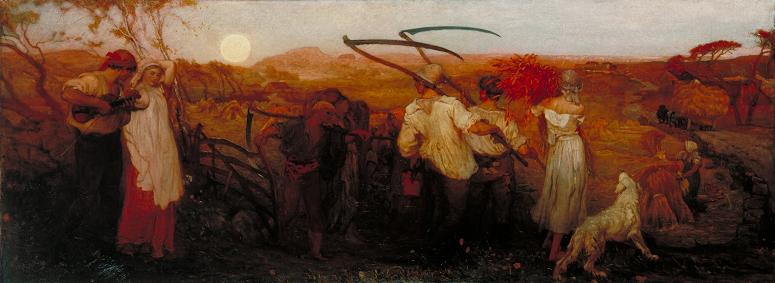
Equinox. An equinox is commonly regarded as the instant of time when the plane of Earth's equator passes through the center of the Sun.
This occurs twice each year, around 20 March and 23 September. In other words, it is the moment at which the center of the visible Sun is directly above the equator.
The word is derived from the Latin aequinoctium, from aequus and nox. On the day of an equinox, daytime and nighttime are of approximately equal duration all over the planet.
They are not exactly equal, however, due to the angular size of the Sun, atmospheric refraction, and the rapidly changing duration of the length of day that occurs at most latitudes around the equinoxes. Long before conceiving this equality, primitive equatorial cultures noted the day when the Sun rises due east and sets due west, and indeed this happens on the day closest to the astronomically defined event.
In the Northern Hemisphere, the March equinox is called the vernal or spring equinox while the September equinox is called the autumnal or fall equinox. In the Southern Hemisphere, the reverse is true. The dates slightly vary due to leap years and other factors. Since the Moon causes Earth's orbit to slightly vary from a perfect ellipse, the equinox is officially defined by the Sun's more regular ecliptic longitude rather than by its declination. The instants of the equinoxes are currently defined to be when the a
This occurs twice each year, around 20 March and 23 September. In other words, it is the moment at which the center of the visible Sun is directly above the equator.
The word is derived from the Latin aequinoctium, from aequus and nox. On the day of an equinox, daytime and nighttime are of approximately equal duration all over the planet.
They are not exactly equal, however, due to the angular size of the Sun, atmospheric refraction, and the rapidly changing duration of the length of day that occurs at most latitudes around the equinoxes. Long before conceiving this equality, primitive equatorial cultures noted the day when the Sun rises due east and sets due west, and indeed this happens on the day closest to the astronomically defined event.
In the Northern Hemisphere, the March equinox is called the vernal or spring equinox while the September equinox is called the autumnal or fall equinox. In the Southern Hemisphere, the reverse is true. The dates slightly vary due to leap years and other factors. Since the Moon causes Earth's orbit to slightly vary from a perfect ellipse, the equinox is officially defined by the Sun's more regular ecliptic longitude rather than by its declination. The instants of the equinoxes are currently defined to be when the a
Wikipedia ...